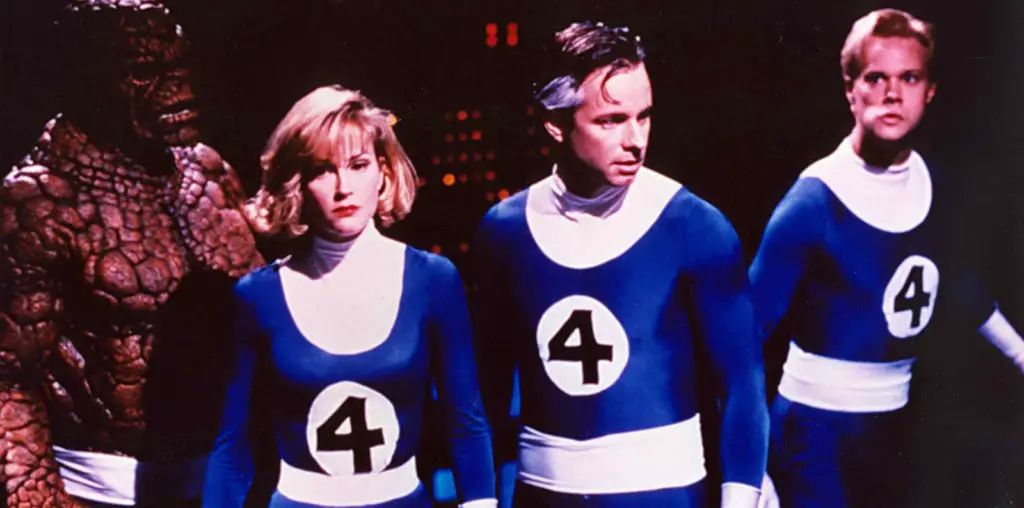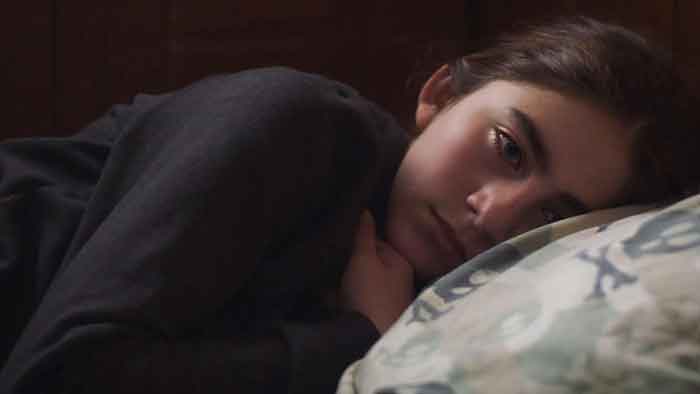
It’s hardly surprising that a movie made by Penn and Teller would feature a mindbending stunt. What you’re less likely to expect is that the magicians aren’t the ones who perform it and it’s a 17th century Dutch masterpiece that’s pulled out of a hat.
The pair, perhaps the most intellectual showbiz duo ever to utter the word “presto,” aren’t new to moviemaking. They’ve created shorts and several TV series and Penn produced 2005’s The Aristocrats, in which 100 famous comics tell the same infamously filthy joke. But Tim’s Vermeer is their first documentary.
Their subject is a fascinating fellow named Tim Jenison, a Texas-based inventor who made his mark in the 90s with the Video Toaster, the first professional quality production system designed for use with a personal computer. It revolutionized the industry and made its creator very rich.
How rich? Well, a while back he became intrigued by the speculations of two Englishmen-the artist David Hockney and the architect Philip Steadman. Both had written books hypothesizing that Johannes Vermeer achieved the photorealistic quality of his paintings with the assistance of devices such as a camera obscura, specially designed optical lenses and mirrors-tools, their theory holds, which allowed him to project a scene onto a canvas and trace and copy it paint by numbers-style.
You or I might search out the books or google the painter for more on the mysteries of his technique, which has baffled scholars for centuries. Jenison, on the other hand, had not only the curiosity but the free time and bottomless resources to take it further. Crazy further.
He decided to test the theories of his new Brit besties (both appear in the film) by recreating one of the master’s most admired works, 1662’s The Music Lesson, using the tools and procedures they postulate Vermeer used. Oh, did I mention Jenison had never picked up a paint brush in his life?
He does something extraordinary. Well, a bunch of things. For example, he reconstructs the painter’s Delft studio in a San Antonio warehouse. He learns to mix pigments and grind lenses by hand. He even creates the beautiful subjects in the painting-everything from intricate stained glass windows and a harpsichord-like instrument called a virginal to the female pupil. His daughter modeled over a college break.
And then he does the most extraordinary thing of all. Over the course of 130 days, stroke by meticulous, laborious stroke, he paints what quite literally can be called a mirror image of Vermeer’s masterwork. See this on as large a screen as possible because, in addition to Jenison’s obsession, what the movie’s all about is Vermeer’s almost microscopic mastery of detail.
We watch Jenison use an ingenious combination of lights and mirrors-something entirely different from smoke and mirrors-to achieve the intricacy responsible for the painter’s mystifying realism. The viewer at long last learns, for instance, how Johannes Vermeer-and Tim Jenison-rendered the texture of the Turkish carpet draped over a table in the foreground so confoundingly palpable. They literally painted it knot by painstaking knot, weaving it into convincing existence with pigment and the aid of magnifying opticals.
Eighty minutes and four years in, the experiment’s presto moment arrives when the new painting’s examined by Hockney and Steadman. Watch and listen closely to their slightly subdued reactions. Success is declared but they see what we see: A validation of their theories, a miraculously accurate reproduction and, still, a painting which is missing something; something Jenison, brilliant and devoted as he was, couldn’t capture on that canvas: the magic that made it a Vermeer in the first place.


